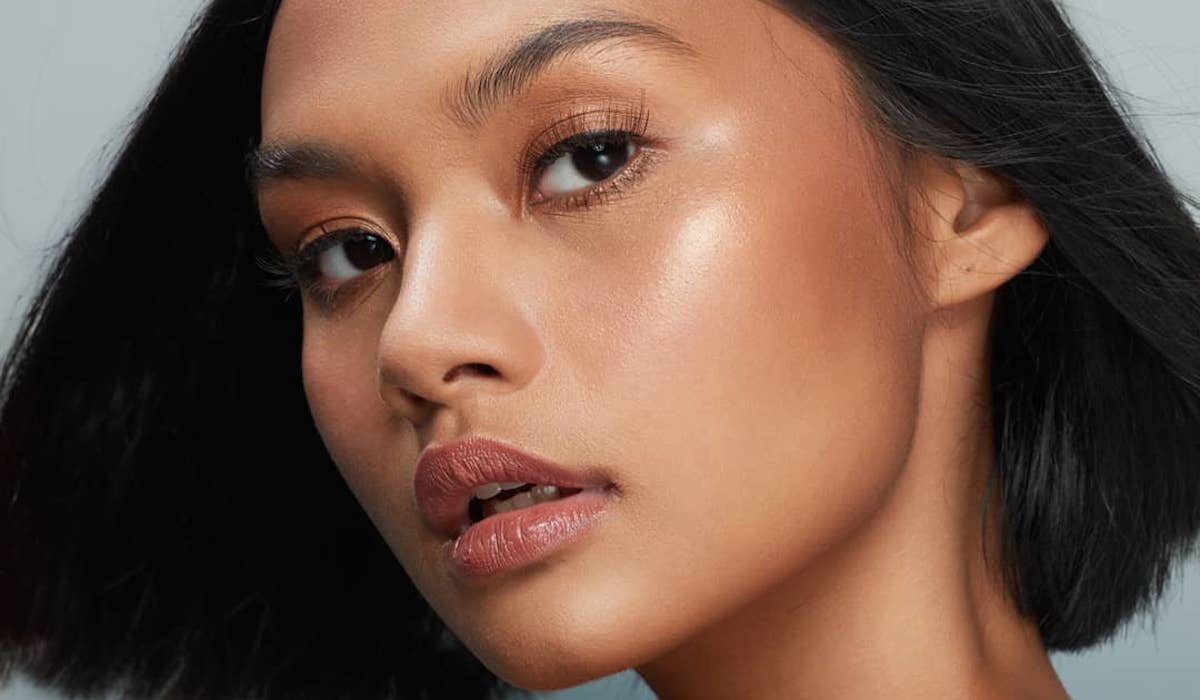Like many Asian-Canadians, I’ve felt major insecurities about my skin tone and have been conflicted with both Eastern and Western beauty standards. The practice of skin whitening has been criticized for its racial and discriminatory undertones, could we perhaps see a change in 2018?
The practice of skin whitening and the controversy surrounding it has been a sentiment shared by many for decades, primarily by those in Asian countries. As peculiar as it would sound in the West; pale, clear skin has been sought after by Asian women, going to extreme lengths to achieve almost a milky-white complexion.
Skincare companies such as Nivea, Ponds and Dove take advantage of the large market and demand in the beauty industry by marketing products for skin whitening. In this case, that also means lucrative advertisements. One commercial from skincare brand, “GlutaMax”, markets their whitening soap with the tagline: “From Ebony to Ivory, see the results!” featuring a model with African features in comparison to a paler Filipino model. Another commercial from China in 2015 depicts a woman using a “lightening detergent” on an African male and opening the washer to reveal a paler Chinese model drawing criticism from viewers around the world (as if skin tone can be easily washed away).
The notion of pale skin being more ‘attractive’ dates back to colonial era. In many Asian countries, having tanned skin signified working in the fields or doing precarious labour. Having pale skin meant you were wealthy, that you did not have to do hard labour. These standards are pushed even further today thanks to Asian social media platforms and the rise of mainstream Korean pop stars.
In a country such as the Philippines, colonial rule greatly influenced beauty standards to this day. Having mixed ‘mestiza’ features such as pale skin and light eyes said a lot about social class. Western features were and are still highly coveted. Filipino beauty standards are clearly seen in well-known beauty pageants where a majority of candidates convey such standards: pale skin, dark hair, mixed features. What message does this send to young girls? Not a very positive one. In fact, the skin whitening industry’s marketing tactics send a very outdated and racist message to consumers, telling them to conform to a certain Westernized image in order to be considered ‘beautiful’.
Growing up in a Filipino household, I found the concept of self love hard to believe at first. Like many Asians raised in the West, I felt pressure from both Eastern and Western beauty standards, mainly regarding my skintone. I’ve always had naturally tan skin and dark hair, predominant traits from my parents. Though my white friends envied my effortless tan (and lack of a farmer’s tan), I was ashamed of having the slightest of tan lines and have made it a mission to bring a bottle of SPF 30 sunscreen everywhere I went. I cringed at old photos of myself (before I discovered the saving grace that was sunscreen) with an obvious deep tan. I clearly remember the sly comments I received from family members during that point in my life. Ironically, those were the same comments that led to major self-esteem issues and an eventual eating disorder later on in my life.
As I would hug and greet aunts and uncles at family gatherings, the first thing I would hear would be “you’ve gotten darker!”, as I was told to take care of my skin and to stay outside less. It wouldn’t help that I would receive bottles of toners and lotions from the Philippines marketed as “skin brightening” products meant to lighten one’s skin tone.
Some readers may find it to be strange and upsetting to be dealing with ignorant and judgmental family members. Sadly, many Asians can relate to my struggle with Eastern beauty standards and finding acceptance within themselves. For many, a skincare ritual of skin bleaching products and daily ‘lightening pills’ is considered the norm.
Though, not all hope is lost. Inclusivity is making rounds on the runway. Modelling agencies are looking for models representing a diversity of racial backgrounds and different features. Major beauty companies such as FENTY Beauty have received praise for their range of shades in a variety of skin tones, encouraging a feeling of self love for women of colour. Social media has played a big role in the #BrownIsBeautiful Movement with uplifting and empowering posts circulating on IG accounts and blogs. As the attitude towards such an outdated practice changes, I look forward to seeing the next generation of European and North American Asians growing up surrounded by a culture leaning more towards self love and appreciation.
by Ann Marie Elpa
cover photo of Angela Martinez by RapyuPhotos


